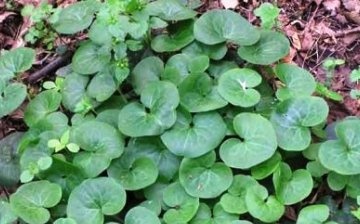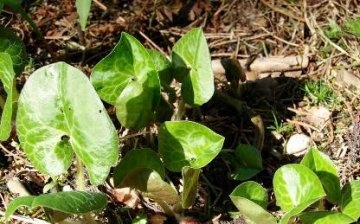Clefthoof grass: cultivation and useful properties
European clefthoof grass is quite common in the wild. It can be found in the European part of our country, in Western and Eastern Siberia. This type of plant belongs to the Kirkazonov family. The hoof has a creeping stem and rounded leaves resembling a footprint from a cow's hoof.
The hoof loves broad-leaved and mixed forests, grows well on clay and loamy soils. The clefthoof plant is remarkable in that its leaves are born in late spring or early summer, go under the snow full of life, with the new spring they photosynthesize again, helping the plant to recover after wintering and give rise to new leaves, only with the appearance of which last year's leaves die off.
Clefthoof leaves contain many useful substances - essential oils, flavonoids, alkaloids, phenolcarboxylic acids, tannins, glycosides and resins. Thanks to this, preparations based on the leaves of the European clefthoof are used to treat many diseases, including alcoholism.
As an ornamental plant, the hoof is used in landscape design. Thanks to its underground rhizome and ground rosettes, the clefthoof can serve as an excellent groundcover. It looks beautiful with plants - natives of forests - ferns, snowdrops, lilies of the valley, etc.
Caring for the hoofed grass does not require special care, the only caveat is abundant and regular watering, as the hoof loves water. The garden decorating hoof can be grown in fairly shady areas, making it attractive for decorating all corners of the garden.
Good luck!






